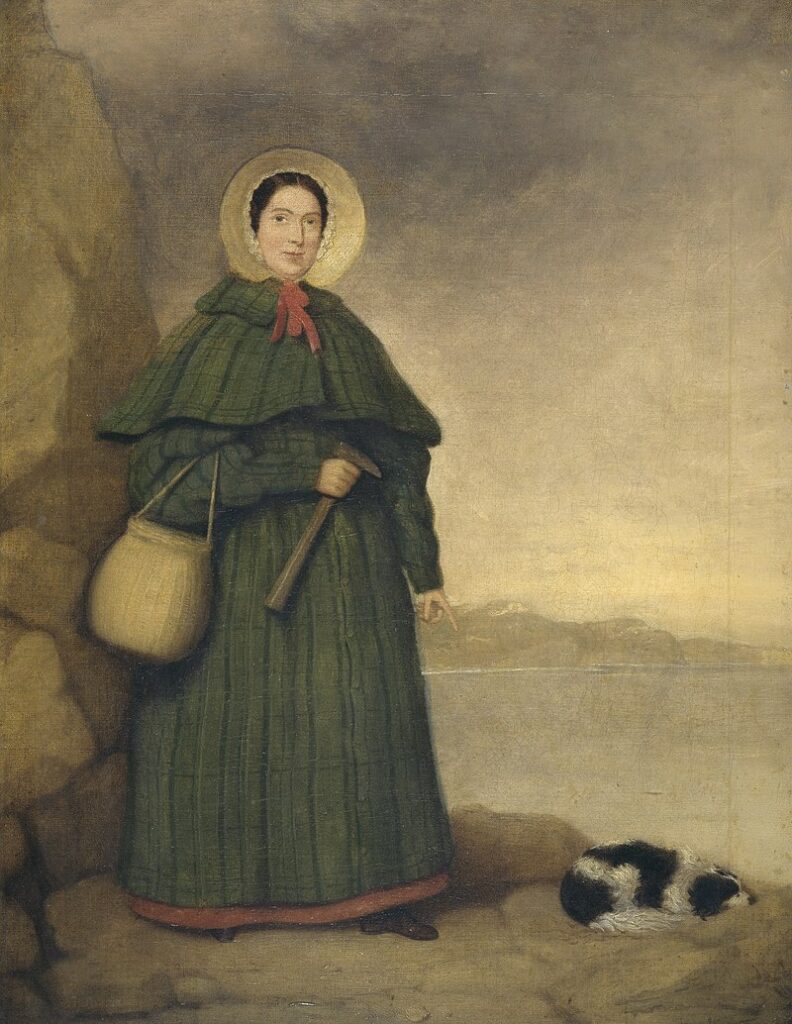The facts
The creation of the VCWAP and of the AWAP was motivated by a simple and well-documented situation: while women are, on average, more highly graduated than men in higher education, they are underrepresented in the research community in Europe and more broadly in the world. The latest UNESCO report indicates that women represent only about 30 % of researchers worldwide in the period 2015-2018.
In particular, they are less likely to hold senior positions (such as professors or research directors), often produce fewer scientific articles than men, file fewer patents, and are less represented among reviewers and editors of scientific journals (Lerman et al., 2022; Ross et al., 2022). In addition, the Covid-19 crisis appears to have particularly impacted women, including in the research field (Minello, 2020; Viglione, 2020; Squazzoni et al., 2021).
Although these data have been the subject of numerous scientific reports and publications, and although the factors underlying these inequalities between women and men in scientific research are now well known, many efforts still need to be made to move towards a truly parity-based research. Gender stereotypes, self-censorship and the invisibilization or minimization of the contributions of women scientists to research (or the “Matilda Effect”) are major contributors to professional inequalities between women and men.
The case of chemist Rosalind Franklin (1920-1958), who was the first to observe the structure of DNA in 1952, is perhaps the most famous example of the invisibilization of women’s work in science. The Nobel Prize was awarded to James Watson & Francis Crick in 1962 for their discovery of the double helix structure of DNA, without any recognition of their colleague’s contribution. Our disciplines are no exception to this phenomenon. We will also recall the lesser-known example of the paleontologist Mary Anning (1799-1847), whose numerous discoveries contributed greatly to demonstrating the extinction of species, and more broadly to a better understanding of the paleontology of vertebrates. Rarely credited for her discoveries, Mary Anning was never allowed to join the prestigious Geological Society of London because she was a woman.

All of these factors, as well as the very low number of Nobel Prizes awarded to women (only 5 %!; Lunneman et al., 2019) also contribute to the lack of female scientific role models. Yet, such role models are essential to attract young girls to scientific careers. Thus, in addition to our primary objectives (to promote the work of women archaeologists and paleontologists without a permanent position through a moment of scientific exchange, and to create a network of mutual support between women researchers), our aim is also to make visible to a wider public the important contribution of women to scientific research, as well as to propose actions to encourage young girls to go into science. Highlighting models of passionate women scientists who are actively involved in moving towards a parity-based research is part of this goal!
References and related resources :
UNESCO Report https://uis.unesco.org/sites/default/files/documents/fs55-women-in-science-2019-en.pdf
Lunneman et al., 2019 : https://doi.org/10.1057/s41599-019-0256-3
Minello, 2020 : https://doi.org/10.1038/d41586-020-01135-9
Viglione, 2020 : https://doi.org/10.1038/d41586-020-01294-9
Squazzoni et al., 2021 : https://doi.org/10.1371/journal.pone.0257919
Lerman et al., 2022 : https://doi.org/10.1073/pnas.2206070119
Ross et al., 2022 : https://doi.org/10.1038/s41586-022-04966-w
